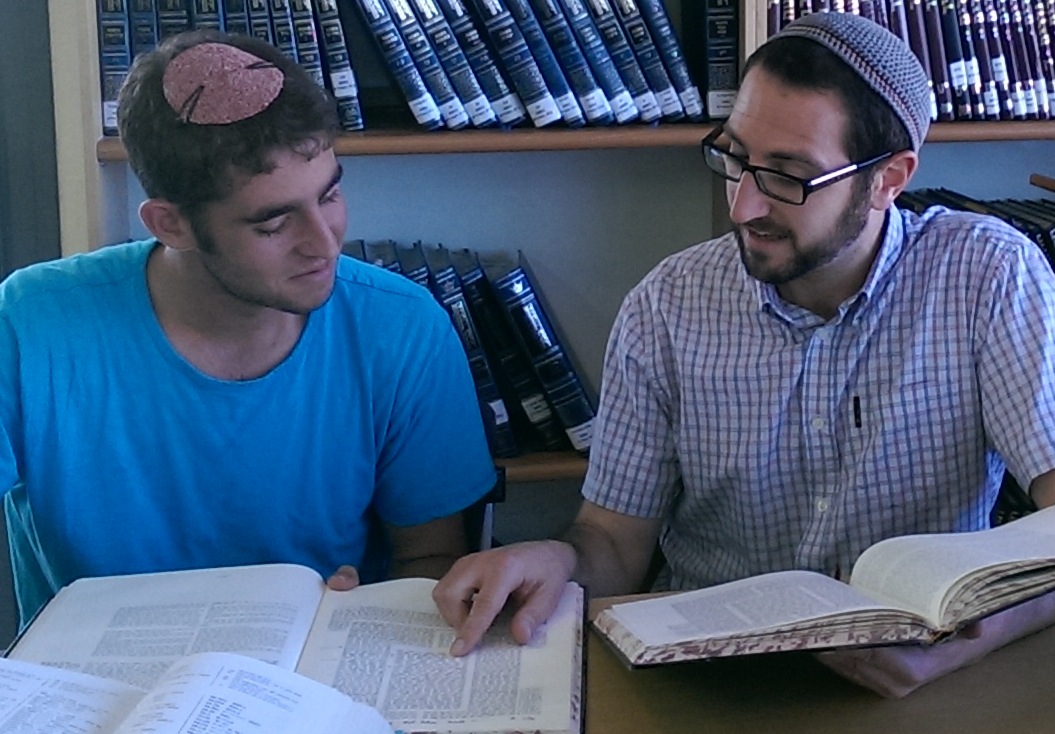

In II 106-201, Hesiod tells of a tale about "how the gods and mortal men sprang from one source." The earliest example that has survived comes from Hesiod's Works and Days which dates to around 700 BCE. Having metal associated with kingdoms or generations was a common ancient motif.

It is claimed by some to able to prophesy to the day when that the messianic redeemer would appear and the execution of that figure.īased on the prophecies, which run up to around 167 BCE, the book's composition is conventionally dated to between 167 and 164 BCE. All of these have been widely studied by would-be prophets of doom attempting to predict the end of the world. Modern day belief is that poor Nebuchadnezzar suffered from boanthropy, rather than anything God inflicted on him.Ĭhapters 2 and 7-12 describe various visions involving a great image whose brightness was excellent ( ch 2) four beasts from the sea ( ch 7) a ram and a one-horned goat representing the Medes and Persians and the Greeks ( ch 8) a revision of Jeremiah's prophecy that Jerusalem would be ruined for 70 years, which is upgraded by Gabriel to a massive 490 years ( ch 9) and a war between Greece and Persia ( ch 10-12). God made Nebuchadnezzar eat grass like a cow."Bel and the Dragon" is another deuterocanonical tale, fine for Catholics but not Jews or Protestants, in which Daniel performs various clever tricks including making a dragon explode.The story, with its opportunity for painting a sexy lady in a biblical context, is a popular subject in Western art, from Artemisia Gentileschi to Thomas Hart Benton. The beautiful, virtuous heroine is falsely accused of getting it on with a young man, but she is defended by someone called Daniel who disproves the allegations when her accusers disagree over what tree she was getting it on underneath. The story of Susanna is canonical for Catholics and Eastern Orthodox but not Protestants."The Writing on the Wall", this saying comes directly from the story of king Belshazzar seeing writing appear on the wall that he cannot interpret but which Daniel explains tells of the destruction to come.Daniel ate nothing but vegetables for 10 days, and ended up in better health than the courtiers who ate royal food during that time - thus proving the benefits of veganism.King Nebuchadnezzar throwing Shadrach, Mishach, and Abedniego into the fiery furnace where they survived by praying to their God (the God of the Jews).

2.3 Interpretations of Daniel 2 and Daniel 7įamous stories from the Book of Daniel.1 Famous stories from the Book of Daniel.


 0 kommentar(er)
0 kommentar(er)
